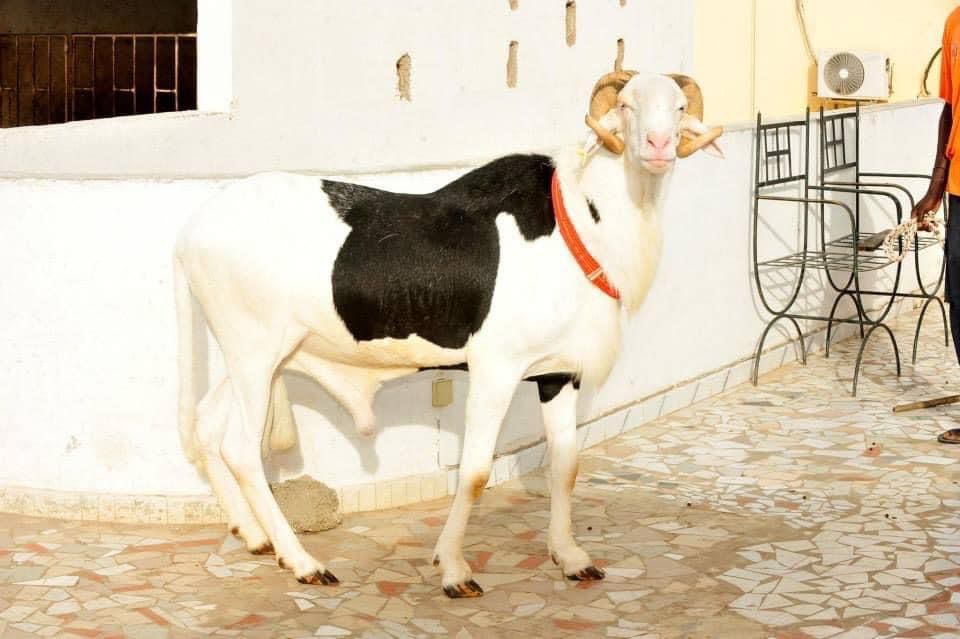If you are interested in sheep farming and want to know everything about giving birth to sheep, this article is for you! Here are the key points to remember to successfully complete this crucial stage of breeding! 🐑
1️⃣ The time of giving birth: The average gestation period is 145 days and the first giving births take place between 140 and 142 days (for viable lambs).
A ewe that is ready to lamb can be recognized (in principle!) by its swollen vulva, its tense udders, the slightly red teats and a hollow between the ribs and the hips. With the contractions getting closer and more intense, the mother-to-be turns in circles, scratches with her foot, gets up and lays down again, sometimes bleats. She seeks to isolate herself. These signs are more or less marked and last more or less long depending on the animal.
Under the effect of contractions, the first lamb places its head at the entrance to the pelvis. The sheep then rises and lies down constantly. The water bag ruptures under the effect of pressure. This slightly sticky liquid then facilitates giving birth. It also has an attractive odor for the sheep which will give birth in the place where the liquid was expelled. This will be a way for her to recognize her lamb after lambing.
2️⃣ Preparing the lambing pen: Before lambing, it is essential to prepare a specific, clean and well-appointed pen to accommodate the ewe. Make sure you have enough clean straw, space and individual shelter for the ewe.
3️⃣ Assistance when needed: Some ewes may have difficulty giving birth or require special assistance. It is important to monitor carefully and intervene if necessary to help the ewe deliver her lamb without complications.
4️⃣ Some signs that require intervention: Certain signs require rapid intervention by the breeder. When the waters are yellowish, the fetus expels its meconium and this can be a sign of suffering. If the water bag that has broken is clear but very elongated, this means that the ewe has pushed a lot and that the lamb is probably in a bad position. If the water bag that broke is dark or smelly, the lamb has suffered and may already be dead.
5️⃣ Postpartum care: After giving birth, it is important to ensure that the ewe and her lambs are doing well. Make sure you provide the ewe with adequate and sufficient nutrition to promote recovery. Additionally, monitor the lamb to ensure it is suckling properly.
By knowing these key points, you will put all the chances on your side to successfully lamb your sheep. Don’t hesitate to share with passionate breeders



